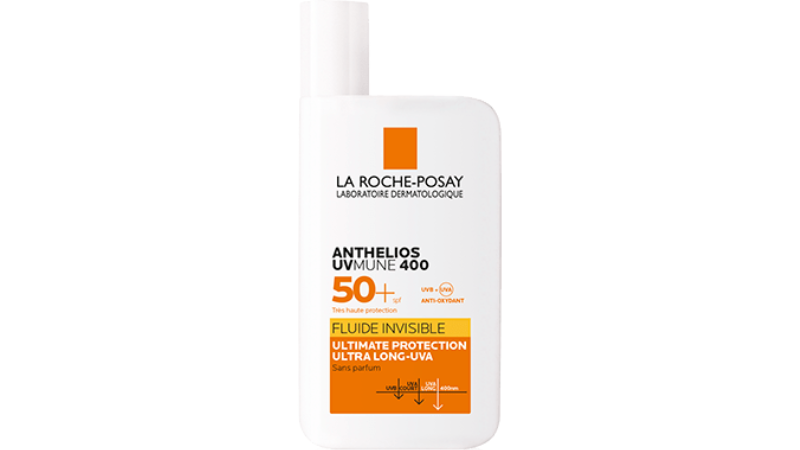Choosing a sunscreen that you love to wear every day is a daunting task but add in the choice between physical and chemical sunscreens and it’s almost enough to make you throw in the towel. Before you rule out one or the other, consider that each have their pros and cons.
So which one is most suitable? The answer may just be both.
Physical Sunscreens
Physical sunscreens work by acting as a physical shield from UV rays. Also known as mineral sunscreens, these products use titanium dioxide and/or zinc oxide to deflect harmful rays and prevent them from damaging your skin.
Pros:
- As it’s a physical barrier between the sun and your skin, it is effective the moment you apply it.
- The ingredients are less likely to cause skin irritation.
- The active ingredients are inherently photostable and won’t break down upon UV exposure like some chemical sun filters.
- Zinc oxide blocks out 100% of both UVA and UVB rays.
- Titanium dioxide is effective in blocking out UVB and some shorter UVA rays, the ones that age us.
- They can be quite soothing for skin prone to redness or inflammation (zinc oxide is the basis of many diaper rash and eczema creams).
- Can be found in many powders to add an additional layer of protection.
- Is a good alternative when you are actively looking to lower your chemical load.
Cons:
- Traditionally leaves a white finish on the skin that may make it a less attractive option for those with medium or darker skin. The good news is that newer technology has made great progress with formulations that minimize the typical white cast. (Psst! We’re working on an Apothekari one that we think is a real winner!)
- Is not dependably water-resistant and should not be used for activities involving heavy perspiring or extended time in the water.
- In general physical sunscreens are thicker so harder to apply. Instead of rubbing into the skin, they should be spread in a thin coat over the skin. However, the consistency also sometimes makes it more difficult to use the right amount.
Chemical Sunscreens
Chemical sunscreens use synthetic active ingredients in order to protect the skin. Rather than providing a layer that sits between the sun and your skin, chemical sun filters interact with your skin and then absorb UV radiation before converting and releasing it into harmless energy.
Pros:
- Newer technology sun filters, such as Mexoryl SX, Mexoryl XL and Tinosorb S can offer broad sprectrum protection against both UVA and UVB rays as well as being generally well tolerated.
- Chemical sunscreens tend to have a lighter feel and invisible finish.
- Are formulated to be water-resistant or very water-resistant, making them ideal choices for sports .
- Are easy to apply and available in creams, lotions and sprays.
Cons:
- Younger children and those with very sensitive skin may find some sun filters, especially older generation ones, potentially irritating.
- Requires 15-30 minutes after application to reach maximum effectiveness so plan ahead.
- Some chemical sun filters need to be stabilized with other ingredients to ensure effectiveness.
- The very name itself of “chemical” sunscreens can be misleading. Just as not all natural ingredients are beneficial (think “poison ivy”) not all chemicals are harmful.
We prefer having a number of sunscreens for different activities and purposes. A dedicated sunscreen with a mixture of both physical and chemical sun filters, such as those found in our favorite Anthelios line, is our go-to for the warmer months. Other times of the year, we are happy to use a zinc oxide based product that complements our best anti-aging efforts. Just like the ubiquitous black shoes, it’s possible to have a number of sunscreens in rotation for different occasions or activities. The important thing is to find one you love and wear it every day.




